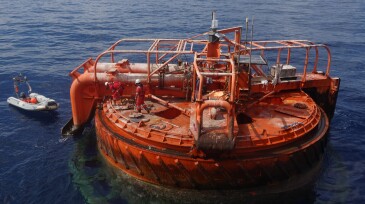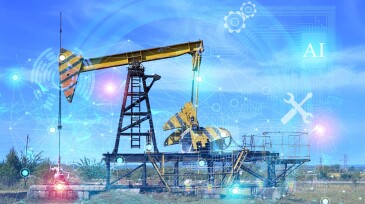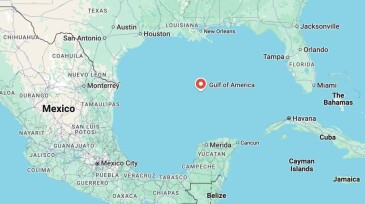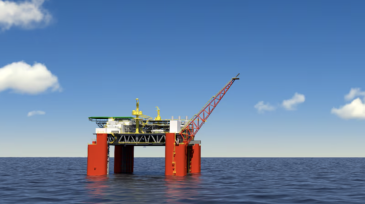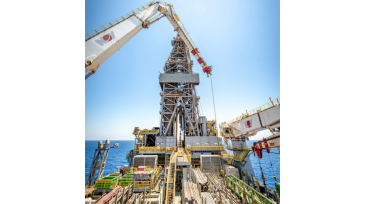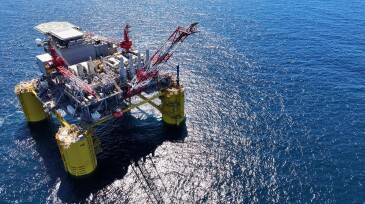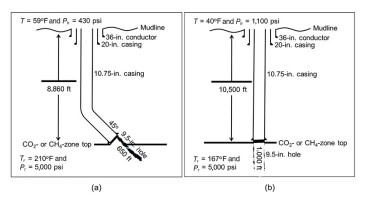Chevron
-
Argentina’s YPF forecasts the $3 billion oil pipeline and export terminal will carry 180,000 B/D when it goes onstream in 2026.
-
A roundtable discussion during CERAWeek pointed to the necessity of a mindset shift for the oil and gas industry to tap into AI’s true potential.
-
Updates about global exploration and production activities and developments.
-
Jose Formigli, Chevron’s Anchor Project, and Arun Duggal are this year’s winners.
-
Upgraded sour-gas injection and a new third-generation processing plant are key to keeping supergiant Tengiz producing for years to come.
-
Chevron’s announcement comes on the heels of ExxonMobil’s announcement in December of a similar project to deliver natural gas-fueled electricity to US data centers.
-
Updates about global exploration and production activities and developments.
-
By boosting gas supplies to Egypt’s home market, Cairo can return its focus to developing an LNG export hub.
-
At peak, 100,000 BOE/D is expected to flow to the Whale production semisumbersible, which largely replicates the Vito semi.
-
In this paper, a dynamic multiphase-flow simulator is used to evaluate the effectiveness and suitability of using a subsea capping stack to respond to a CO₂ well blowout.

